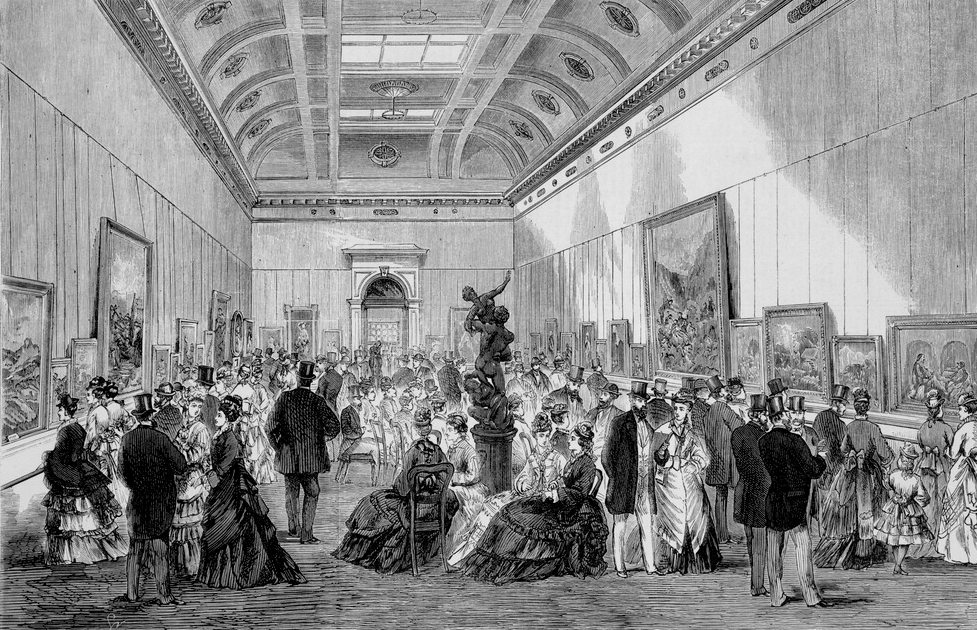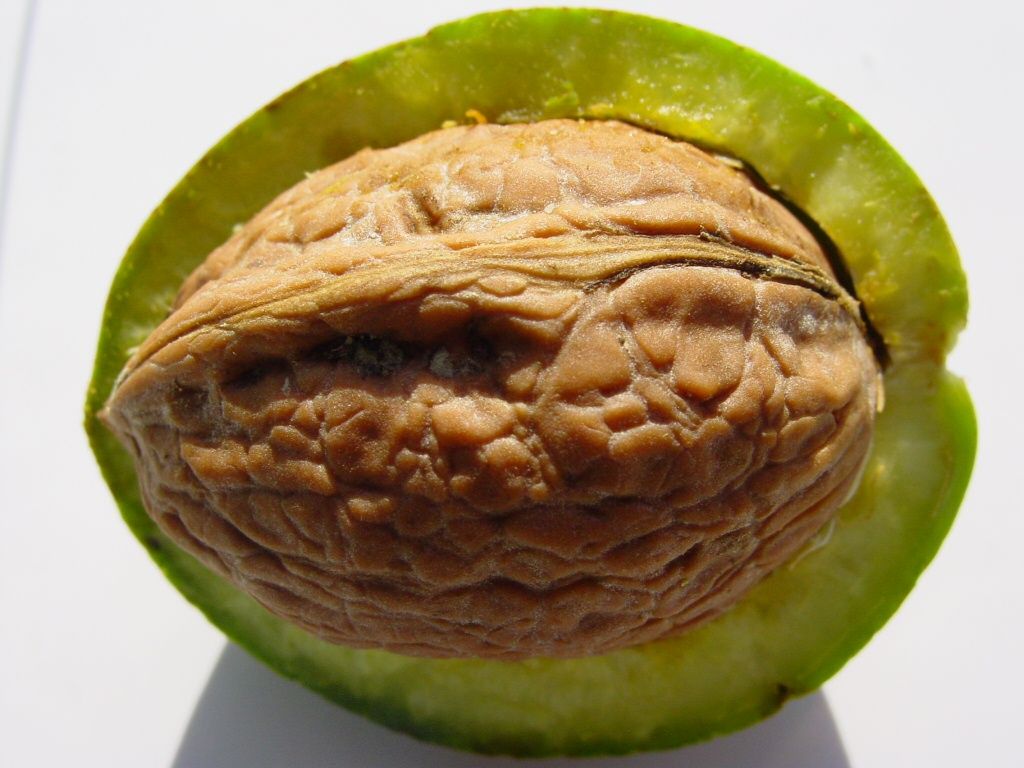|
Aelbert Cuyp
Aelbert Jacobszoon Cuyp or Cuijp (; 20 October 1620 – 15 November 1691) was one of the leading Dutch Golden Age painters, producing mainly landscapes. The most famous of a family of painters, the pupil of his father, Jacob Gerritszoon Cuyp (1594–1651/52), he is especially known for his large views of Dutch riverside scenes in a golden early morning or late afternoon light. He was born and died in Dordrecht. Biography Known as the Dutch equivalent of Claude Lorrain, he inherited a considerable fortune. His family were all artists, with his uncle Benjamin and grandfather Gerrit being stained glass cartoon designers. Jacob Gerritszoon Cuyp, his father, was a portraitist. Cuyp's father was his first teacher and they collaborated on many paintings throughout his lifetime. Little is known about Aelbert Cuyp's life. Even Arnold Houbraken, a noted historian of Dutch Golden Age paintings and the sole authority on Cuyp for the hundred years following his death, paints a very thin ... [...More Info...] [...Related Items...] OR: [Wikipedia] [Google] [Baidu] |
Dutch Golden Age Painters
Dutch Golden Age painting is the painting of the Dutch Golden Age, a period in Dutch history roughly spanning the 17th century, during and after the later part of the Eighty Years' War (1568–1648) for Dutch independence. The new Dutch Republic was the most prosperous nation in Europe and led European trade, science, and art. The northern Terminology of the Low Countries, Netherlandish provinces that made up the new state had traditionally been less important artistic centres than cities in Flanders in the south. The upheavals and large-scale transfers of population of the war, and the sharp break with the old monarchist and Catholic cultural traditions, meant that Dutch art had to reinvent itself almost entirely, a task in which it was very largely successful. The painting of religious subjects declined very sharply, but a large new market for all kinds of secular subjects grew up. Although Dutch painting of the Golden Age is included in the general European period of Baroque ... [...More Info...] [...Related Items...] OR: [Wikipedia] [Google] [Baidu] |
Dulwich Picture Gallery
Dulwich Picture Gallery is an art gallery in Dulwich, south London. It opened to the public in 1817 and was designed by the Regency architect Sir John Soane. His design was recognized for its innovative and influential method of illumination for viewing the art. It is the oldest public art gallery in England and was made an independent charitable trust in 1994. Until then, the gallery was part of the College of God's Gift, a charitable foundation established by the actor, entrepreneur and philanthropist Edward Alleyn in the early 17th century. The acquisition of artworks by its founders and bequests from its many patrons resulted in Dulwich Picture Gallery housing one of the country's finest collections of Old Masters, especially rich in French, Italian and Spanish Baroque paintings, and in British portraits from the Tudor era to the 19th century. The Dulwich Picture Gallery and its mausoleum are listed Grade II* on the National Heritage List for England. The mausoleum is ... [...More Info...] [...Related Items...] OR: [Wikipedia] [Google] [Baidu] |
National Gallery Of Victoria
The National Gallery of Victoria, popularly known as the NGV, is an art museum in Melbourne, Victoria (state), Victoria, Australia. Founded in 1861, it is Australia's oldest and list of most visited art museums in the world, most visited art museum. The NGV houses its collection across two sites: NGV International, located on St Kilda Road in the Melbourne Arts Precinct of Southbank, Victoria, Southbank, and the Ian Potter Centre: NGV Australia, located nearby at Federation Square. The NGV International building, designed by Sir Roy Grounds, opened in 1968, and was redeveloped by Mario Bellini before reopening in 2003. It houses the gallery's international art collection and is on the Victorian Heritage Register. The Ian Potter Centre: NGV Australia, designed by Lab Architecture Studio, opened in 2002 and houses the gallery's Australian art collection. A third site, The Fox: NGV Contemporary, is planned to open in the Melbourne Arts Precinct in 2028, and will be Australia's lar ... [...More Info...] [...Related Items...] OR: [Wikipedia] [Google] [Baidu] |
National Gallery Of Art
The National Gallery of Art is an art museum in Washington, D.C., United States, located on the National Mall, between 3rd and 9th Streets, at Constitution Avenue NW. Open to the public and free of charge, the museum was privately established in 1937 for the American people by a joint resolution of the United States Congress. Andrew W. Mellon donated a substantial art collection and funds for construction. The core collection includes major works of art donated by Paul Mellon, Ailsa Mellon Bruce, Lessing J. Rosenwald, Samuel Henry Kress, Samuel Henry Kress#Biography, Rush Harrison Kress, Peter Arrell Browne Widener, Joseph E. Widener, and Chester Dale. The Gallery's collection of paintings, drawings, prints, photographs, sculpture, medals, and decorative arts traces the development of Western art from the Middle Ages to the present, including the only painting by Leonardo da Vinci in the Americas and the largest mobile created by Alexander Calder. The Gallery's campus includes the ... [...More Info...] [...Related Items...] OR: [Wikipedia] [Google] [Baidu] |
Thyssen-Bornemisza Museum
The Thyssen-Bornemisza National Museum (, ; named after its founder, Baron Heinrich Thyssen, Heinrich Thyssen-Bornemisza), or simply the Thyssen, is an art museum in Madrid, Spain, located near the Museo del Prado, Prado Museum on one of the city's main boulevards. It is known as part of the "Golden Triangle of Art", which also includes the Museo del Prado, Prado and the Museo Nacional Centro de Arte Reina Sofía, Reina Sofía national galleries. The Thyssen-Bornemisza fills the historical gaps in its counterparts' collections: in the Prado's case this includes Italian primitives and works from the English art, English, Dutch School (painting), Dutch and German art, German schools, while in the case of the Reina Sofía it concerns Impressionists, Expressionists, and European and American paintings from the 20th century. With over 1,600 paintings, it was once the second largest private collection in the world after the British Royal Collection.Jonathan Kandell"Baron Thyssen-Bornemi ... [...More Info...] [...Related Items...] OR: [Wikipedia] [Google] [Baidu] |
New Statesman
''The New Statesman'' (known from 1931 to 1964 as the ''New Statesman and Nation'') is a British political and cultural news magazine published in London. Founded as a weekly review of politics and literature on 12 April 1913, it was at first connected with Sidney Webb, Sidney and Beatrice Webb and other leading members of the socialist Fabian Society, such as George Bernard Shaw, who was a founding director. The longest-serving editor was Kingsley Martin (1930–1960), and the most recent editor was Jason Cowley (journalist), Jason Cowley, who assumed the post in 2008 and left in 2024. Today, the magazine is a print–digital hybrid. According to its present self-description, it has a modern Liberalism in the United Kingdom, liberal and Independent progressive, progressive political position. Jason Cowley (journalist), Jason Cowley, the magazine's editor, has described the ''New Statesman'' as a publication "of the left, for the left" but also as "a political and literary magaz ... [...More Info...] [...Related Items...] OR: [Wikipedia] [Google] [Baidu] |
Chocolate Box Art
Chocolate box art originally referred literally to decorations on chocolate boxes. Over the years, however, the terminology has changed; it is now applied broadly as an often pejorative term to describe paintings and designs that are overly idealistic and sentimental. Using his own paintings of children, flowers and holiday scenes Richard Cadbury, the son of the founder of Cadbury's, introduced such designs to his chocolate boxes in the late 19th century. Renoir's paintings have been described as "chocolate box" and have been derided by Degas and Picasso for being happy, inoffensive scenes. Constable's landscapes have also been so described. Aelbert Cuyp's '' River Landscape'' (1660), despite being widely regarded as his best work, has been criticised as having "chocolate box blandness". Fred Swan is a modern-day proponent of chocolate box paintings as, to his detractors, was Thomas Kinkade. The term has also been applied to sculpture. A young couple standing locked in a ... [...More Info...] [...Related Items...] OR: [Wikipedia] [Google] [Baidu] |
Abraham Calraet
Abraham van Calraet, or Kalraat (7–12 October 1642, Dordrecht – 11 June 1722, Dordrecht) was a Dutch Golden Age still-life, portrait- and landscape painter. Biography He was the eldest son of Pieter Jansz. van Calraet, who came to Dordrecht from Utrecht. He learned to sculp from ''AEmilius'' and ''Samuel Hup'', who were well known sculptors. After learning to sculpt, young Abraham took to the painter's brush, and started on fruit, while helping his father, who was a wood sculptor. He resided throughout his life in Dordrecht, and may have been a pupil of Aelbert Cuyp, who was a generation older and had the same initials (AC). Cuyp's signature was often forged on top of Calraet's paintings. Abraham Bredius was responsible for the first "rediscovery" of this painter, re-attributing two of his still life paintings that at that time were considered to be by Cuyp. Cornelis Hofstede de Groot strongly disagreed with him and the Cuyp-Calraet question was escalated in the Dutch newspa ... [...More Info...] [...Related Items...] OR: [Wikipedia] [Google] [Baidu] |
Utrecht
Utrecht ( ; ; ) is the List of cities in the Netherlands by province, fourth-largest city of the Netherlands, as well as the capital and the most populous city of the Provinces of the Netherlands, province of Utrecht (province), Utrecht. The municipality of Utrecht is located in the eastern part of the Randstad conurbation, in the very centre of mainland Netherlands, and includes Haarzuilens, Vleuten and De Meern. It has a population of 376,435 as of . Utrecht's ancient city centre features many buildings and structures, several dating as far back as the High Middle Ages. It has been the religious centre of the Netherlands since the 8th century. In 1579, the Union of Utrecht was signed in the city to lay the foundations for the Dutch Republic. Utrecht was the most important city in the Netherlands until the Dutch Golden Age, when it was surpassed by Amsterdam as the country's cultural centre and most populous city. Utrecht is home to Utrecht University, the largest university ... [...More Info...] [...Related Items...] OR: [Wikipedia] [Google] [Baidu] |
Walnut Ink
Walnut ink is an ink made from the green husk surrounding the nut (fruit), nut of walnuts. The black walnut ''Juglans nigra'' is usually used. The ink may be liquid or made of crystals that are mixed with water before use. It can be used to produce stains and darken paper to make it look older. The ink has good archival properties. An ancient use of walnut ink was to stain the hands of criminals in Romani people, Romani communities. Once stained, it is impossible to wash off and remains in the skin for a long period of time. References Further reading * {{writingsystem-stub Inks Walnut, Ink ... [...More Info...] [...Related Items...] OR: [Wikipedia] [Google] [Baidu] |






